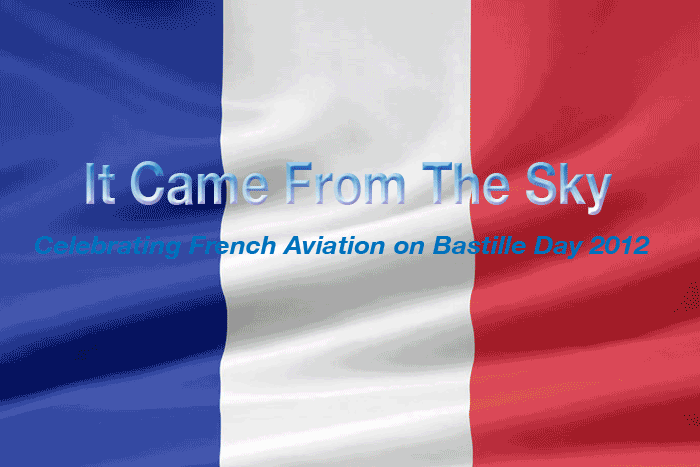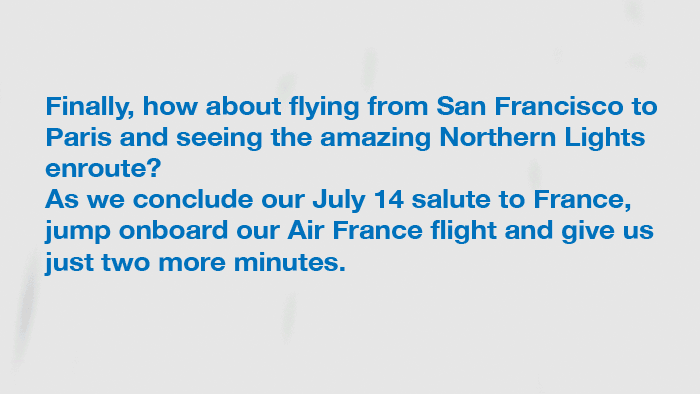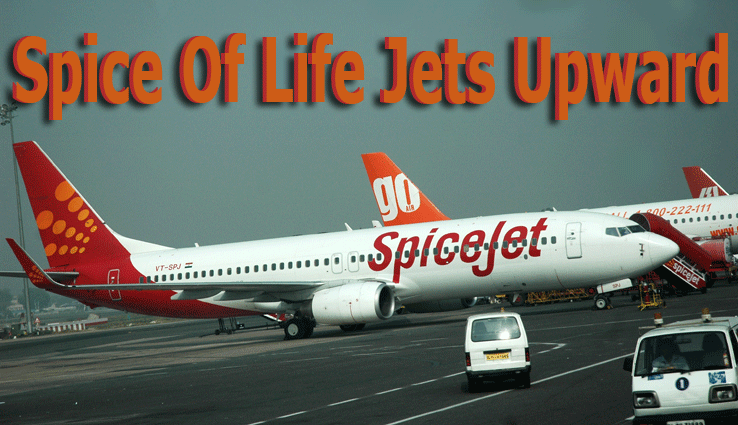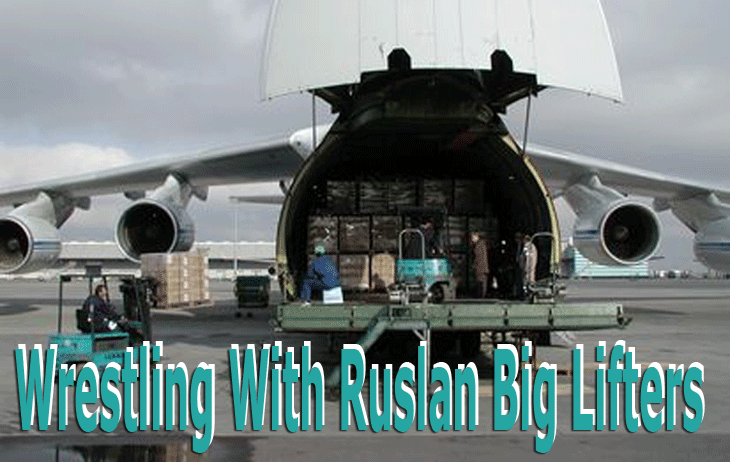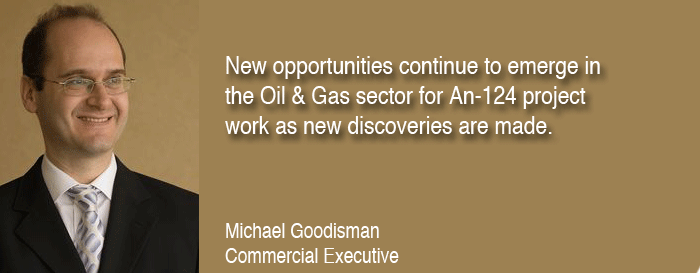 |
 |
|
| |
||
|
Vol. 11 No. 66 Thursday July 12, 2012 |
|
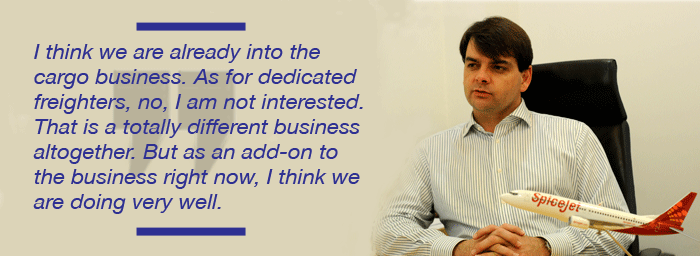 |
FlyingTypers
talked to SpiceJet’s boyish-looking CEO, Neil Raymond
Mills, about the Q400s that are new to the Indian market.
Using 7 of the total 30 aircraft on order, Mills described
the plane as a “game changer” with the new avenue
of revenue that they have opened up: cargo. Commenting on
the ancillary sources of revenue, Mills said that while
promotions like SpiceJet tours were working out reasonably
well, they were not “a huge proportion of our business.
It is only a small add-on…what is, however, becoming
a bigger and bigger proportion of our business is cargo.
Cargo is much larger and is continuing to grow.”
Never at a loss for words
when it comes to the “good” staff at SpiceJet,
Mills ascribed the growth of cargo to the “service
level.”
“What we are delivering,”
he said, “is really good service to our customers.
We don’t have claims on damages because we don’t
damage goods. Last month (May) we did 5,500 tonnes of cargo.”
He went on to say that cargo, “at the moment contributes
four percent to our revenues. For a low-cost carrier that’s
quite good.”
SpiceJet’s cargo business has been doing so well that
it has a whole bunch of services that it offers to forwarders.
“Now we have a relationship with our partners where
we do door-to-door service, we do express, mail, courier
services, etc. We now move fragile goods, perishables. As
a non-containerized, narrow-body, low-cost carrier, we are
actually doing a huge amount of cargo,” said Mills.
The carrier brings perishables
into the metros and commodities out of the metros into the
Tier II and Tier III cities. “It’s not necessarily
one-way traffic. Things like car parts are obviously coming
from the metros into the Tier II and Tier III cities,”
said Mills, and he has put both the Boeing 737s—these
fly on the metro routes and to foreign destinations like
Colombo, Kathmandu and shortly to Dubai—and the Q400s
into the cargo services. “The Q400s obviously have
a lower capacity, but they are starting to carry more and
more cargo now because you are building the markets where
earlier there weren’t any.”
The aircraft that was serving
these cities in the past—the ATRs—had zero uplift
capacity, “while the Q400s can actually carry cargo
because it has capability and some power in the engines.
So carrying cargo isn’t a challenge,” emphasized
Mills.
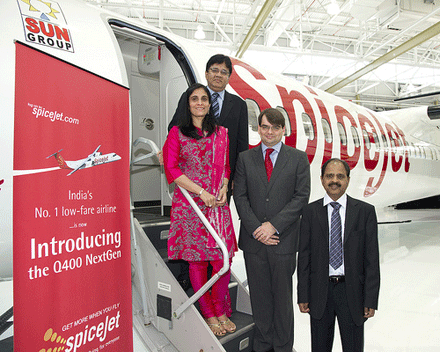
At the SpiceJet Q400 NextGen delivery ceremony. Kavery Kalanithi, Board Member, SpiceJet; Kalanithi Maran, Chairman, SpiceJet; Neil Mills, Chief Executive Officer, SpiceJet; and Sivasubramanian Natrajhen, Chief Operating Officer, SpiceJet. SpiceJet took delivery of the first two of 15 Bombardier Q400 NextGen turboprops at a ceremony at Bombardier Commercial Aircraft in Toronto, Canada, on August 26, 2011.
SpiceJet had started carrying
cargo soon after it began operations in 2008. While the
Q400s have limited capacity, the Boeing 737s can carry between
2 to 3.5 tonnes of cargo on each flight. Aware about the
kind of revenues that cargo can generate even in a depressed
market, Mills has kick-started the business with vigor in
2011-2012. Sometime ago, for example, SpiceJet launched
services to Surat in Gujarat, the diamond city of India.
The diamond traders had been demanding cargo services to
Dubai and Antwerp. Connecting flights to Dubai from Surat
would now be a possibility since the carrier has received
permission to fly Delhi-Dubai and Mumbai-Dubai flights beginning
the end of June this year. In addition to diamonds, Surat
also happens to be a textile hub and the Federation of Surat
Textiles Traders Association (FOSTTA) officials have demanded
cargo services to almost a dozen cities like Hyderabad,
Chennai, and Kolkata.
With so much happening on
the cargo front, had Mills ever thought of starting dedicated
freighter services? “I
think we are already into the cargo business,” said
Mills. “As for dedicated freighters, no, I am not
interested. That is a totally different business altogether.
But as an add-on to the business right now, I think we are
doing very well.”
Tirthankar Ghosh
Get
On Board Air Cargo News FlyingTypers |
We had a chat recently with key executives at Ruslan International, which markets the combined fleet of An-124s operated by Antonov Airlines and Volga-Dnepr Airlines. They had some interesting points to make about a variety of topics, from the world economy to aviation fees in Iraq, and from the EU’s new emission taxes to delivering aid to Sudan.
The An-124
(for any readers not familiar with its dimensions) is basically
the largest beast in the commercial cargo aviation jungle—after
its big sister the AN-225, of course. The cargo compartment
of an An-124 measures 36.5m x 6.4m x 4.4m and the maximum
payload is a mighty 120,000 kg. It is similar to the American
military Lockheed C-5 Galaxy, but boasts a 25 percent larger
payload and can carry almost anything, from railway locomotives
to B777 engines.
|
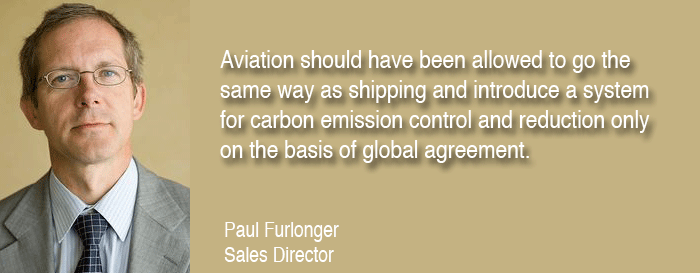 |
“The scheme is ill
conceived and ill thought through,” he added. “It
is essentially a license to print money for consultants
and commodity traders. It will impose a significant cost
on the industry which will inevitably be passed on to consumers.”
He said that although the
price of Carbon certificates would fluctuate, the system
inevitably ensured there would be a spike around the time
of the auctions. “Those with big pockets will be able
to use their financial clout to their advantage and the
corresponding disadvantage of smaller organizations.
“Airlines are obliged
to use consultants and independent auditors, never mind
all the additional man hours of internal work involved.
So in addition to the basic cost of the carbon certificates
there is the cost of the financial traders and the transactions
as well as the cost of the auditors and their audits, not
to mention the amendment of internal systems to allow for
the new element of cost and its inclusion in sales, purchasing,
and accounting systems.
“For every business
in the chain there is a required profit margin. So the overall
cost is far more than the cost of the certificates themselves.
“The variability of
the market price for certificates also makes it difficult
for airlines to plan because it adds another level of uncertain
cost to a business that is already working with the volatility
of fuel prices, which make up the largest single element
of cost.”
He argued that a simple tax
based on the distance travelled in EU airspace would be
fairer, cheaper, and simpler. “This would have been
easily calculated and levied based on the executed flight
plan and added to the navigation services bills issued by
Eurocontrol.
“This would have favored
those who invest in emission reduction technology, would
not have required the additional layers of work and administration
and would not have left the field open for bankers and commodity
traders to make additional markets in certificates, derivatives,
etc, all of which serve only to make margins for financial
institutions and do nothing—either for carbon reduction
or for the cost of aviation.
“That kind of system
would be easily mirrored by other countries avoiding the
current inevitability of conflict between the EU system
and other systems that may be introduced by other countries.
It would have been simpler and quicker to introduce and
administer.
“Failing that, aviation
should have been allowed to go the same way as shipping
and introduce a system for carbon emission control and reduction
only on the basis of global agreement.”
Sky King
If
You Missed Any Of The Previous 3 Issues Of FlyingTypers
|
|||||
|
|||||
FT070212 |
FT071112 |
||||
|---|---|---|---|---|---|




